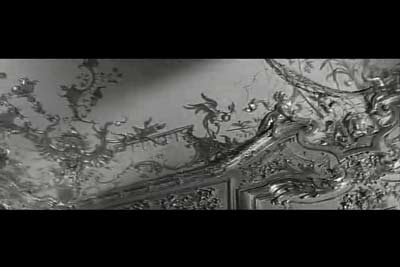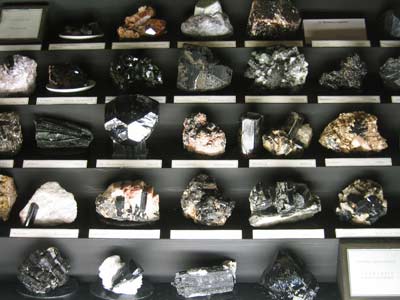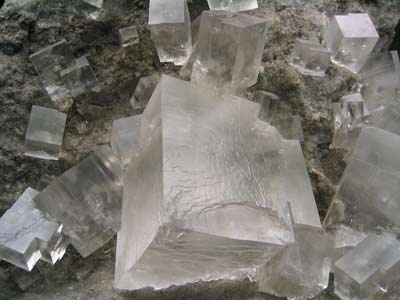
Last Winter we visited the Museum of Natural History in Vienna. We were out for the world-famous mineralogical collection.

About a century ago, German art historian Worringer distinguished two aesthetic regimes: the organic and the crystalline: "the crystalline represents a will to abstraction. When a culture feels that it is in conflict with the world, that events are chaotic and hostile, it tends to produce puregeometric forms as an attempt to pattern and transcend this chaos".

Gilles Deleuze adapts this notion in his second book on
cinema, "The Time Image", to theorize on the notion of the Time-Crystal
(we will follow largely D.N. Rodowick's summary here):
whereas an organic image shows the object directly, a crystalline description
is more provisional and contingent. It replaces the object, continually
"erasing" it and creating it anew, giving way to other equally
adequate descriptions, which may also modify or contradict the ones preceding
it. In the crystalline it is now the description itself which constitutes
the decomposed and multiplied object.

Crystalline images presuppose a special relationship between perception and memory. For each actual description of a physical object, there corresponds a virtual memory-image of the mind and memory. This virtual image is recollected from chains of associations and memories of past experiences. Each time a virtual image is called up in relation to an actual description, the object depicted is de-formed and created anew, widening and deepening the mental picture it inspires.

To put it very simple, one can paraphrase this with a line
from Laibach's song "Life is life":
Jeder Augenblick der Zukunft ist ein Gedanke an vorher
or:
Every Minute of the Future is a Memory of the Past.

What we found in Deleuze's Time Crystal was a model of bringing together our two poles of research: the old network-utopia of New Babylon with its revolutionary promises and the current rather dystopian realities of the postfordist liberal democracies, exemplified for instance by total integration, surveillance, control, repression and marginalisation.